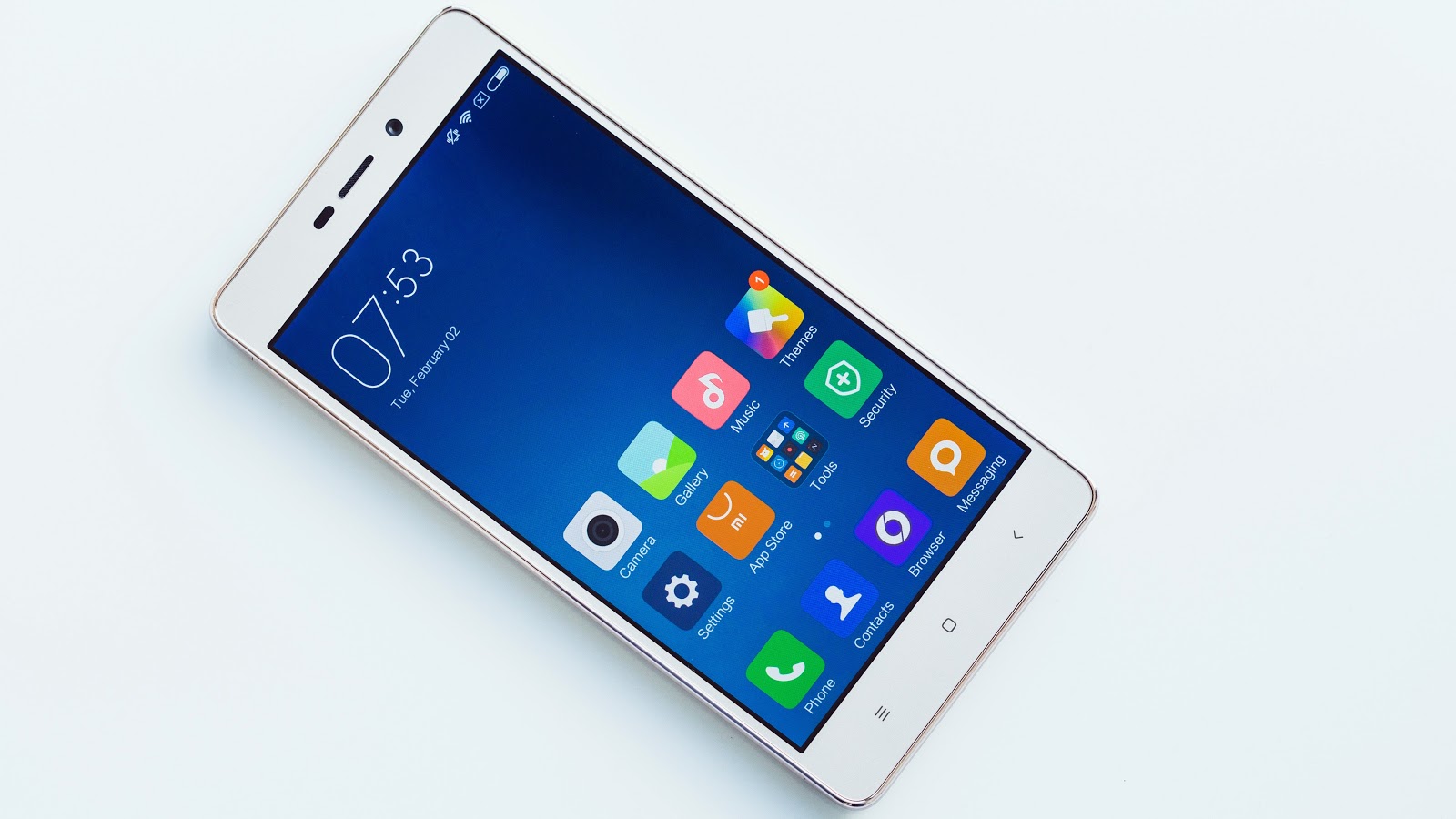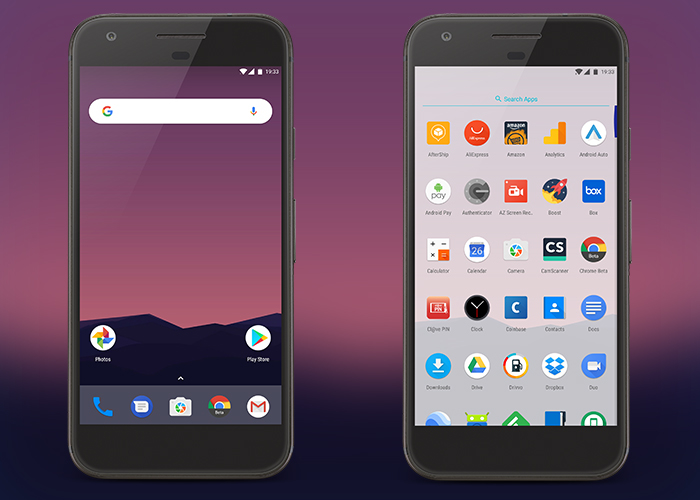How to install Android v7.1 Nougat for Xiaomi Redmi 3, 3 Prime, via CyanogenMod CM 14.1
Here's a tutorial on how to install Android Nougat-based CyanogenMod CM 14.1 custom ROM on Xiaomi Redmi 3 and 3 Prime series.
Xiaomi announced to release Marshmallow-based MIUI v8.0 to the Mi 2 series, which was unveiled way back in 2012. Even Google doesn't offer software support to its Nexus series this long.
However, Xiaomi is a bit slow in delivering firmware updates to its devices. That's where custom ROM come into play, as they offer latest features in quick time. Among the numerous third-party ROM developers in the market, CyanogenMod is the most popular. They have a bunch of dedicated freelance software developers who release timely updates to almost all Android-branded devices in the market.
Prerequisites
Disclaimer: We cannot be held responsible for any damage or claims from readers if the procedure does not yield the required results or if the smartphone is bricked. Hence, users are advised to proceed with caution
Step 2: Connect Xiaomi Redmi 3/3 Prime to the computer
Step 3: Place the Android Nougat ROM into the phone's storage memory
[Note: Users are advised to paste the .zip file in the storage root folder, not in any other folder.]
Step 4: Turn off device and disconnect it from PC
Step 5: Perform Recovery mode sorties by long pressing Volume (Down) + Power buttons
Step 6: Once entering the TWRP settings menu, clear phone's memory (full) by selecting 'Wipe' option. Once done, select – 'Swipe to Factory Reset' perform factory reset
Step 7: Return to TWRP settings and tap 'Install' by the selecting .Zip file in the phone's memory downloaded from PC
Step 8: Come back to TWRP menu setting to approve the installation by tapping 'Swipe to Confirm Flash'
Step 9: Flashing of the custom ROM begins and after few minutes, a message 'Successful' appears on the screen, thus completing installation
Step 10: If faced with boot loop problem, navigate back to TWRP settings, and select 'Wipe cache/dalvik'. This procedure will help resolve any issue with regard to custom ROM installation
Xiaomi announced to release Marshmallow-based MIUI v8.0 to the Mi 2 series, which was unveiled way back in 2012. Even Google doesn't offer software support to its Nexus series this long.
However, Xiaomi is a bit slow in delivering firmware updates to its devices. That's where custom ROM come into play, as they offer latest features in quick time. Among the numerous third-party ROM developers in the market, CyanogenMod is the most popular. They have a bunch of dedicated freelance software developers who release timely updates to almost all Android-branded devices in the market.
Prerequisites
- Make sure the device is rooted before going forward for custom ROM installation
- Installation of custom ROM requires clearing of memory in the smartphone, so make sure to back all the data by installing TWRP in the smartphone
- Make sure to install USB drivers on the PC, or else your smartphone (Xiaomi Redmi 3/Prime with Snapdragon 616 CPU) will not be recognised by the computer
- Make sure the device has more than 80 percent battery, or else there is a chance for smartphone getting temporarily bricked if the installation process is interrupted mid-way
- If you face force close, go to Settings >> Setupwizard >> Give permission
Disclaimer: We cannot be held responsible for any damage or claims from readers if the procedure does not yield the required results or if the smartphone is bricked. Hence, users are advised to proceed with caution
Downloadable files:
- CyanogenMod [official] CM 14.1 Android 7.1 Nougat firmware for Xiaomi Redmi 3/Prime (with Snapdragon 616 CPU): HERE (build date: 15/12/2016)
- CyanogenMod Recovery: HERE (build date: 15/12/2016)
- Google Apps: HERE
- USB Driver: HERE
Installation guide of CyanogenMod [official] CM 14.1 Android 7.1 Nougat on Xiaomi Redmi 3/Prime
Step 1: Download Android 7.1 Nougat CyanogenMod [official] CM 14.1 custom ROM and Google Apps on your PCStep 2: Connect Xiaomi Redmi 3/3 Prime to the computer
Step 3: Place the Android Nougat ROM into the phone's storage memory
[Note: Users are advised to paste the .zip file in the storage root folder, not in any other folder.]
Step 4: Turn off device and disconnect it from PC
Step 5: Perform Recovery mode sorties by long pressing Volume (Down) + Power buttons
Step 6: Once entering the TWRP settings menu, clear phone's memory (full) by selecting 'Wipe' option. Once done, select – 'Swipe to Factory Reset' perform factory reset
Step 7: Return to TWRP settings and tap 'Install' by the selecting .Zip file in the phone's memory downloaded from PC
Step 8: Come back to TWRP menu setting to approve the installation by tapping 'Swipe to Confirm Flash'
Step 9: Flashing of the custom ROM begins and after few minutes, a message 'Successful' appears on the screen, thus completing installation
Step 10: If faced with boot loop problem, navigate back to TWRP settings, and select 'Wipe cache/dalvik'. This procedure will help resolve any issue with regard to custom ROM installation




Nhận xét
Đăng nhận xét